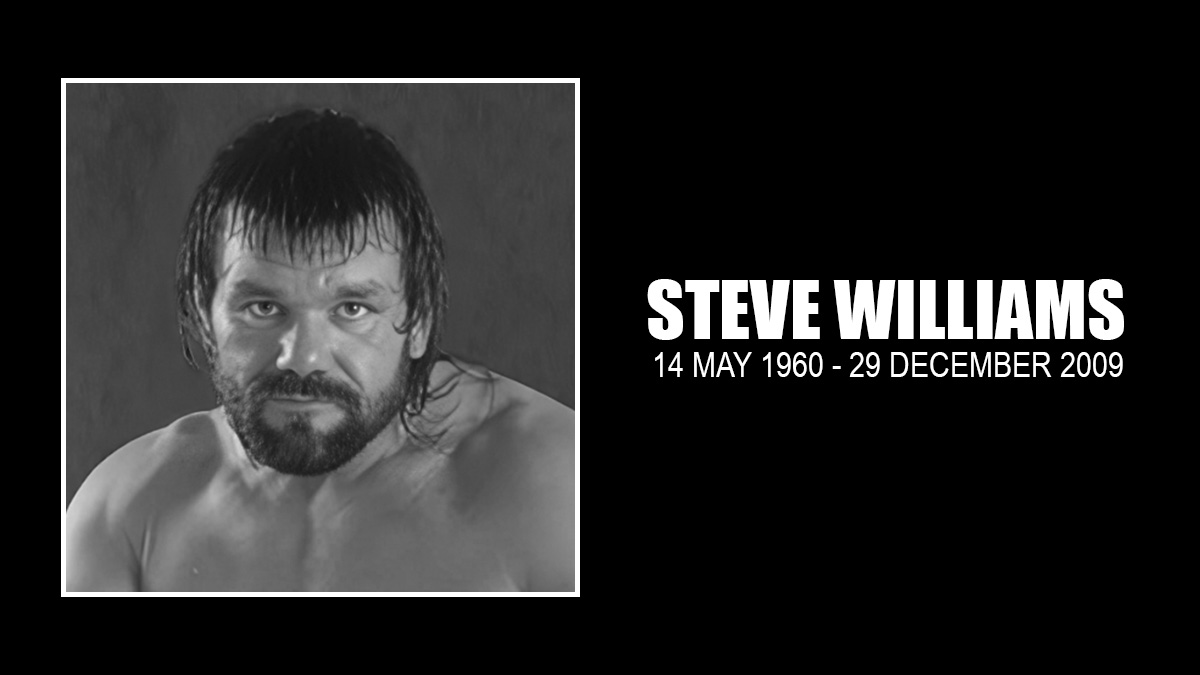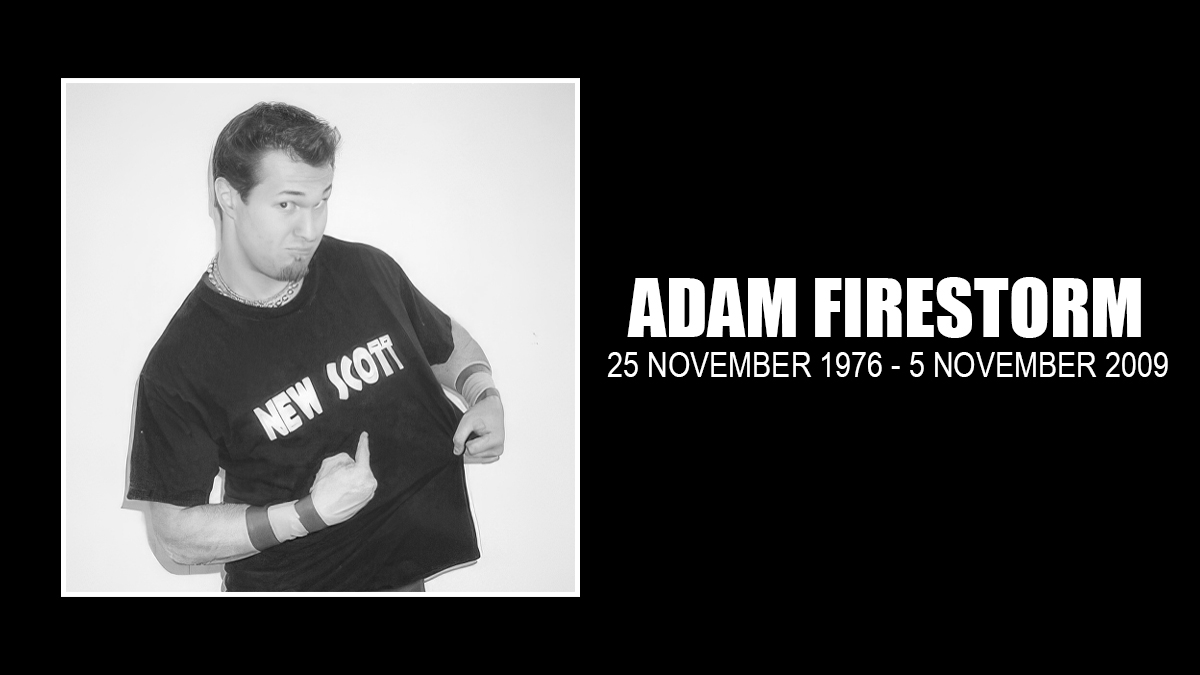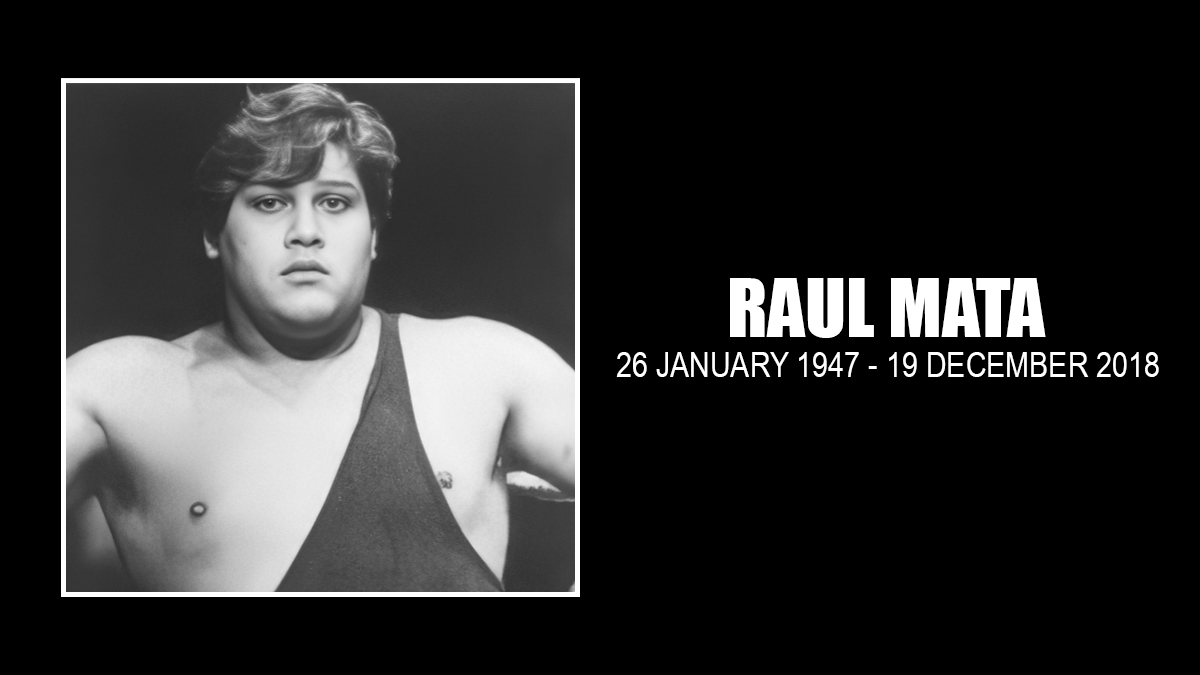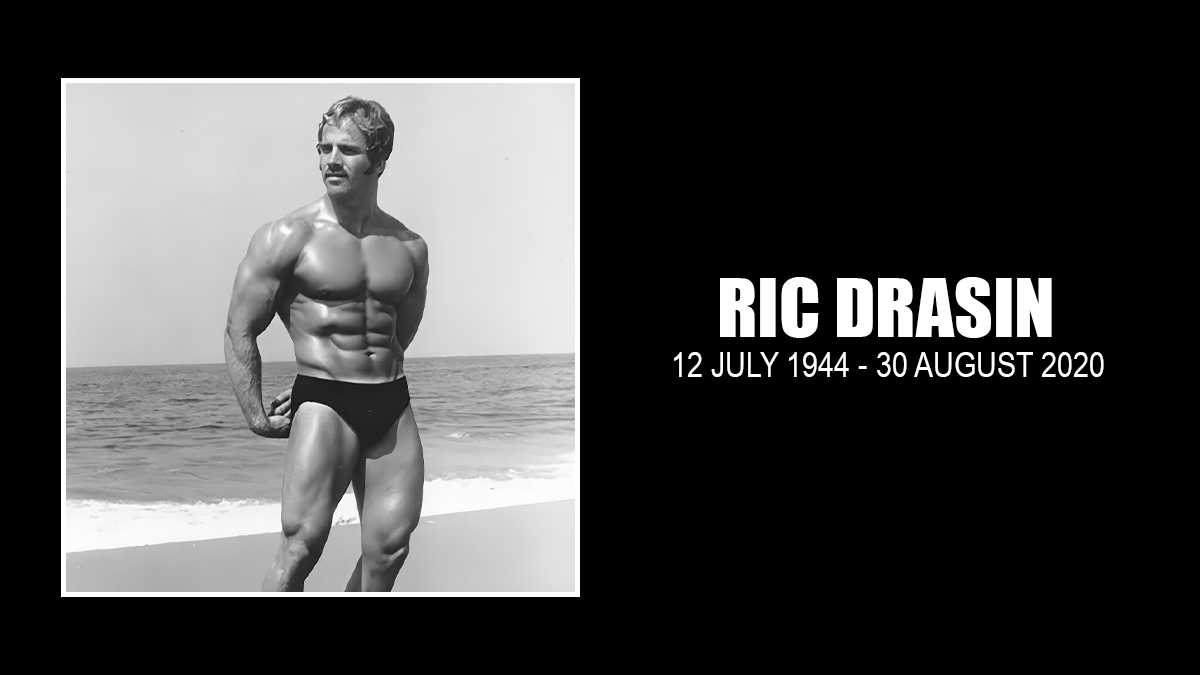“God has a plan for me,” Steve Williams wrote friends after entering the hospital to undergo throat cancer in 2004. “I believe God is testing my faith.” Nicknamed “Dr. Death,” he became known to his friends as “Dr. Life,” battling cancer and health problems for the next five years.
Williams finally succumbed to cancer, dying Tuesday night at the age of 49.
Born May 14, 1960, in Lakewood, Co., a western suburb of Denver, Williams was above average for his size, which automatically made him a natural for football. He was given the nickname “Dr. Death” while attending Lakewood High School. An offensive linesman, he was given a scholarship in football and wrestling to one of the athletic programs in the nation, the University of Oklahoma, upon his graduation from high school in 1978. Williams’ older brother, Jeff, had accepted a scholarship as a tight end at the school a year earlier.
While still wrestling in college, he caught the eye of local professional wrestling promoter, “Cowboy” Bill Watts, who wrestled at Oklahoma himself decades earlier. Watts watched All-American Williams place second in the NCAA wrestling championship heavyweight division in 1982, losing to Bruce Baumgartner of Indiana State by two points. It was enough for Watts to convince Williams to try professional wrestling.
Between his junior and season years, Williams debuted professionally May 26, 1982 in Shreveport, La., against regional jobber, The Turk. The match would air a few days later on Mid-South’s weekly television show.
Although an unusual off-season job, Williams had to obtain the permission from Hall of Fame head coach at Oklahoma, Barry Switzer. “He said just make sure you’re in shape for the Orange Bowl,” Williams told the Daily Oklahoman in 1982. “And that’s where we’re headed next year. And I’m going to lead them.” Although he had exhausted his eligibility in wrestling, he could play football for one more season, having red-shirted his freshman year in the sport. NCAA athletes were allowed to work professionally in a sport, if they had used all eligibility, which is why Williams was able to wrestle in the summer of 1982.
Being a well-known college athlete from the region, fans knew his real-life achievements. Williams did not hide it. He started his career wrestling in his University of Oklahoma singlet and robe while he borrowing an old pair of wrestling boots from Watts. He was 300 pounds and was one of the strongest in the ring from day one.
He was instantly pushed as a single and in tag teams alongside another future star, Terry Allen, who would later become Magnum T.A. Williams finished his “summer job” with only three losses, two to Bob Roop and one to Killer Kahn. Watts had hoped that upon his graduation in December, Williams would return full-time to Mid-South Wrestling.
“I think sooner or later, he’ll see he has a bigger future monetarily and career-wise in pro wrestling than football,” Watts told the Daily Oklahoman in October 1982. “Football is not all it’s cracked up to be especially for a lineman.” Watts had played one year in the AFL before entering the world of wrestling.
Although he was a natural in the ring, upon graduation, Williams was unclear of his future in professional wrestling. Having earned All Big Eight First Team his senior year, the introduction of a new professional football league, the USFL, caught Williams’ eye. But the lure of a hot wrestling region, kept Williams in the profession he would hold until his death.
Williams would soon find out that there was a huge difference between professional and amateur wrestling. He would need to use his charisma to connect with the crowd.
“Certainly, you have to be a crowd pleaser,” Watts said in 1982. “If Steve went out and just tied his opponent up, they would boo him out of the ring.”
When his football career did not pan out as planned, Williams returned to professional wrestling full-time in 1983. He caught on fire when he started to team with Ted DiBiase. The two would go on to win the Mid-South Tag Team titles on May 13, 1985, defeating the Rock ‘n’ Roll Express. The two would be the inaugural Universal Wrestling Federation (UWF) Tag Team champions when Watts renamed his promotion to appear less regional.
Williams would defeat Big Bubba Rogers on July 11, 1987 to win the UWF Heavyweight title. He would be the last holder of the belt, as the promotion was bought out by Jim Crockett Promotions and the title was dropped.
Upon his arrival into the NWA, he was grouped with other former collegiate wrestlers, Rick Steiner and Mike Rotundo to form the Varsity Club along with leader Kevin Sullivan. Sullivan and Williams would win the U.S. Tag Team titles at Starrcade 1988. Williams and Rotundo would win the NWA Tag Team titles from the Road Warriors. They would later be stripped of the titles in a wrestling angle.
It was around this time that Williams began to spend a lot of time wrestling for All Japan.
On March 6, 1990, he and Terry Gordy upset Stan Hansen and Genichiro Tenryu for the All Japan Tag Team titles. Gordy and Williams — “Miracle and Violence” — would win the titles a total of four times, including winning the annual Real World Tag Team Tournament in December 1991.
While he worked off and on for what was then known as WCW, Williams regained a top spot in the United States following his success with Gordy in Japan. The two win WCW Tag Team titles in 1992 having defeated the Steiners on July 5, 1992. Following their loss a few months later, Williams would work exclusively in Japan, only working independent shows in the U.S.
Williams’ biggest match would be when he defeated Mitsuharu Misawa on July 28, 1994 to capture the All Japan Triple Crown. Williams would lose the title to Toshiaki Kawada in October 1994. Williams would then return to tag team wrestling, where he captured the tag titles with partners Johnny Ace and Gary Albright.
One of the more famous independent matches Williams worked in the mid-1990s, included a loss to then ECW Heavyweight champion Raven in Philadelphia. After spending years working mostly in Japan, Jim Ross, who commentated for Mid-South and the UWF during Williams’ stay 10 years earlier, convinced Williams to sign with the WWE.
The WWE and Ross introduced a new series of real boxing matches named “Brawl for All” with the purpose of having Williams win, thus exposing his real life toughness. On a live edition of WWE RAW on July 27, 1998, Williams was to face Bart Gunn, who had been used as a jobber for the last year, in the “Brawl for All.” Gunn knocked out Williams in quick fashion, killing the push of Williams. Williams would suffer a jaw and thigh injury. Upon his return, the memory of him being knocked out, was fresh in the minds of the fans. He was released.
In 1999, Williams signed with WCW, where he was partnered with writer Ed Ferrara, who played Oklahoma, a mockery of Jim Ross. The gimmick was thought to be in poor taste, as Ferrara made fun of the Bell’s Palsy’s Ross had suffered in the past. Williams barely wrestled, and when he did, the gimmick did not get over with the fans. He left WCW in 2000 to return to All Japan.
His return to Japan was different from his last big run. He was now working mostly opening tag matches with other older wrestlers like Mike Rotundo and Johnny Smith. He would also wrestle occasional independent shows in the U.S.
Following an unsuccessful mixed-martial arts fight in April 2004, Williams announced he had throat cancer and would require immediate surgery. His voicebox was removed during a series of surgeries, but by the end of the year, he announced he was cancer free.
One thing he was not free of, though, were medical bills. Williams did not have health insurance, and over the course of the final five years of his life, accumulated $300,000 in bills. Friends and organizations began to help Williams out. WWE gave Williams a job as a trainer for their developmental talent. He would also work occasional house shows as a guest referee in the spring of 2006.
Williams would continue to take independent bookings, using a scarf to cover the hole in his throat. He would later be released by the WWE in November 2007.
Williams would also find help from “Wrestler’s Rescue,” a charity started by former WWE Diva Dawn Marie Psaltis. The organization held events and auctions to raise money for Williams. The group was able to raise $20,000 for Williams to purchase a voicebox, allowing him to speak more clearly.
Following the death of Mitsuharu Misawa in June 2009, Williams decided to step away from the ring for good. Although he planned a retirement match in Japan in October, his last true match came on August 15 when he defeated Franco D’Angelo for the ACW Heavyweight Championship in Colorado Springs, Co.
With his health failing in recent months, Williams could no longer work his regular job as a baggage handler with Southwest Airlines in Denver. He was living with his 86-year-old mother and 15-year-old son, a high school wide receiver.
Weighing under 200 pounds, his health collapsed in recent months. His faith in God was strong, and so was his faith in his new moniker, Dr. Life.




